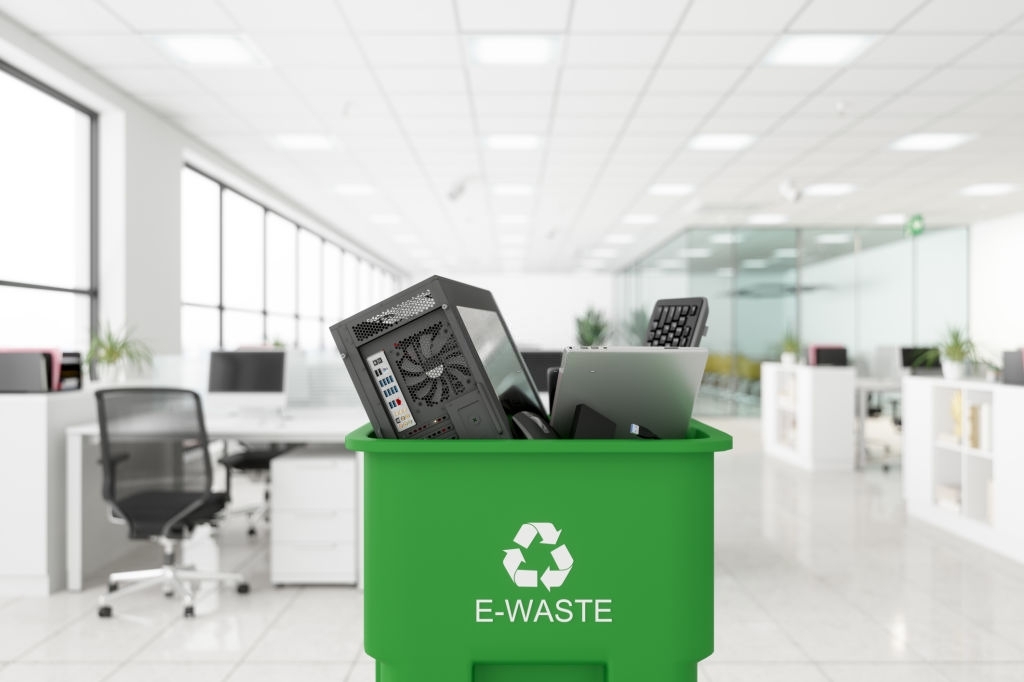
E-Waste Handling – How to Handle e-Waste?
Introduction
The rapid technological advancements are primarily driven by revolutionary innovations in electronics. Not only the electronic devices have become smart, but the reduced prices have also led to their proliferation across all strata of society. As the penetration of electronic devices, especially mobile phones, laptops, display devices, etc. increase globally, more and more e-Waste is being generated. E waste handling is the way of the operation management of the recycling. Being non-organic, it doesn’t easily go away and can cast catastrophic impacts on the lives of humans in general and living beings in particular. With the increasing scale and scope of e-waste, it is of utmost importance to manage e-waste in an efficient manner, so as to create minimal impacts on the natural ecosystem.
What is e-Waste Handling ?
e-Waste is defined as the electrical equipment which is discarded on its end-of-life. Generally, it also includes the items which are meant for refurbishment, material recovery, and disposal. The electronic scrap contains elements like brominated flame retardants, cadmium, beryllium, and lead, etc. which are seriously harmful to human health. These materials can affect the humans in form of toxic fumes, as well as via accumulation in soil, water, and food.
How can e-Waste be handled efficiently?
In 2019 alone, e-waste generation reached a whopping 53.6 million metric tons i.e., a 21% increase over the course of the last 5 years. Waste can generally be managed by building upon the basic reduce, reuse and recycle framework. In the case of e-waste, recycling and disposal may also pose significant risks to the well-being of workers and their associated communities. Thus, out-of-the-box solutions aimed at using the electronics in an environmentally sustainable manner can mitigate the threat of e-waste. These can surely be implemented on individual and collective scales to achieve the desired results. Some of the steps to manage e-waste are given as follows:
Leverage the Cloud for e-Waste Handling
As technology evolves, more and more information can be stored on the cloud architecture; it can thus clearly eliminate the need for storage devices. For e-waste handling, cloud usage is getting more and more common. Enterprises can shift all their data from hard drives and storage centers to clouds, which can result in minimal electronics usage as far as storage of data and information is concerned. It is also applicable for individual beings as well; little steps can contribute significantly towards achieving the bigger goals.
Awareness Creation
Awareness needs to be created amongst the masses about the threat of e-waste so that individual consumption patterns can be adjusted. It would not only lead to an increased consciousness on a societal level but also can lead towards sustainable consumption patterns on macro and micro scales.
Destroy Data Devices
Some managers and enterprises hesitate in recycling the data devices, owing to the risk of exposure of classified information. Luckily, a lot of frameworks are available to secure the information before disposing of the data devices. Consultation can be secured in this manner so as the minimum impact is created on the environment.
Environmentally Friendly Electronics
While making a purchase, consumers should always opt for environmentally friendly products; these are generally labeled the mark of the energy star. In other cases, products certified by Electronic Product Environmental Assessment Tool (EPEAT) should be preferred. On the supply side, enterprises should make the relevant investments to manufacture environment-friendly electronics, as it certainly comes under the realm of corporate social responsibility.
Conclusion
Undoubtedly, humans are making progress and innovations in every domain but it comes with the cost as well; climate change, global warming, and accumulation of e-waste generation are the most vivid impacts. It is an enormous challenge that can be tackled by adopting a multi-pronged approach. Not only do businesses need to play their part but also consumption of electronic products needs to be minimized on the individual levels to take a leap towards zero waste generation.
For example of e-waste handling you can visit ACO Recycling V3 Monitoring system

